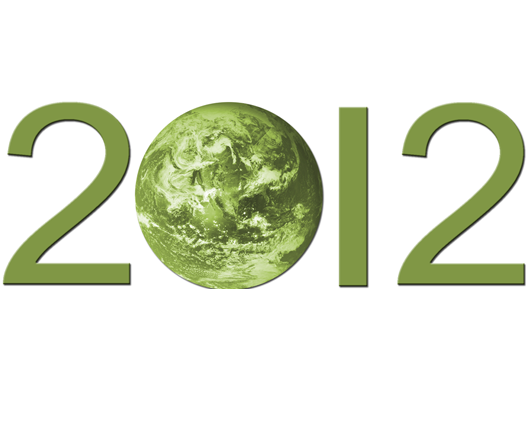
On this Earth Day all Americans can celebrate the Environmental Protection Agency’s commitment to ensure everyone can breathe clean air. But this commitment particularly benefits communities of color. Currently, African Americans, Hispanics, and Asians are especially vulnerable to air pollution’s health effects. Within the last year, however, EPA instituted new mercury and air toxics standards and restrictions on cross-state air pollution. Last week, the EPA also proposed carbon emissions limits on coal plants—a historic first-step to slow the growth of the major pollutant responsible for global climate change. The EPA’s new policies could improve racial health disparities by shielding millions of Americans of color from further exposure to pollutants.
Air pollution causes severe health problems. Mercury, a potent neurotoxin emitted by many coal-fired power plants, can impair brain development in children and harm hearts, brains, kidneys, and lungs in adults. And ozone and particulate matter have been linked to poor birth outcomes as well as respiratory and cardiovascular disease. By contributing to global warming, carbon emissions increase temperatures and amplify the health effects of ozone and other pollutants. Carbon emissions can also lead directly to a worsening of asthma symptoms.
For many people of color, this air pollution is an unavoidable feature of daily life because they are more likely to live and work in the nation’s most polluted cities. According to a recent nationwide study, non-Hispanic blacks are “consistently overrepresented” in the counties with the worst air quality in the nation. In 2006, Hispanics were 165 percent and Asians 169 percent more likely to live in counties with unhealthy levels of particulate matter than were whites and were also more likely to live in areas with unhealthy ozone levels. An analysis of polluting facilities in California found that 62 percent of residents living within six miles of a petroleum refinery, cement plant, or power plant were people of color. And a startling 68 percent of African Americans live within 30 miles of a coal-fired power plant, compared to only 56 percent of the white population.
Moreover, individuals of color are also more likely to live near to hazardous waste facilities, so they may be exposed to other pollutants as well as toxic air. Arsenic (used commercially as a rat poison) and lead are among the toxic chemicals that may be concentrated at these sites. In 2007, nearly half of all people of color in the United States—an estimated 46 to 48 percent—lived within three kilometers of a hazardous waste facility.
Continued exposure to air pollution and other environmental toxins has taken its toll on the health of individuals of color. African Americans and Hispanics have been especially hard hit by asthma. African Americans suffer from the disease at rates 35 percent higher than whites. Asthma is also more likely to be fatal for asthmatics of color: African Americans and Puerto Ricans are roughly three times more likely to die from asthma-related causes than whites. And exposure to residential allergens may be responsible for more than a third of the asthma risk faced by minority children.
Existing health disparities and high uninsured rates among communities of color compound these health consequences. Racial and ethnic minorities make up a majority of the 50 million Americans who are uninsured, despite constituting only about one-third of the U.S. population. These high uninsured rates mean that the very same populations imperiled by environmental toxins may be unable to obtain necessary medical care. And according to the American Lung Association, the higher incidence of diabetes among African Americans and Mexican Americans place those populations at greater risk of health effects from air pollution. High uninsured rates jeopardize people of color’s ability to obtain the quality health care they need to combat this risk.
Making matters worse, the health effects of air pollution bring an economic penalty in the form of reduced productivity. According to a study released in 2005, the yearly loss of millions of school and work days to asthma costs the country roughly $14 billion annually. Further, we know the overall health and environmental burden of burning coal for energy costs the U.S. economy up to $523 billion per year.
The EPA’s recent regulations are vital strides toward reducing these heavy financial and social burdens. Approximately 540,000 asthma attacks will be prevented by the agency’s mercury and cross-state air pollution rules each year, and the proposed carbon restrictions have the potential to further decrease asthma’s prevalence. The EPA’s new regulations will also curb coal plants’ mercury emissions by 90 percent, limit the spread of pollutants like nitrous oxide and sulfur dioxide across state lines, and set the first-ever uniform national limit on allowable emissions from new power plants.
The evidence is clear: People of color are disproportionately likely to bear the health costs of polluting energy sources, but the EPA’s historic new rules will help transition us to a cleaner energy future that will safeguard our environment and all communities.
Rachel Wilf is an intern with the Center for American Progress’ ‘Progress 2050’ Program and Jorge Madrid is a Research Associate with the Energy Policy team.

Recent Comments